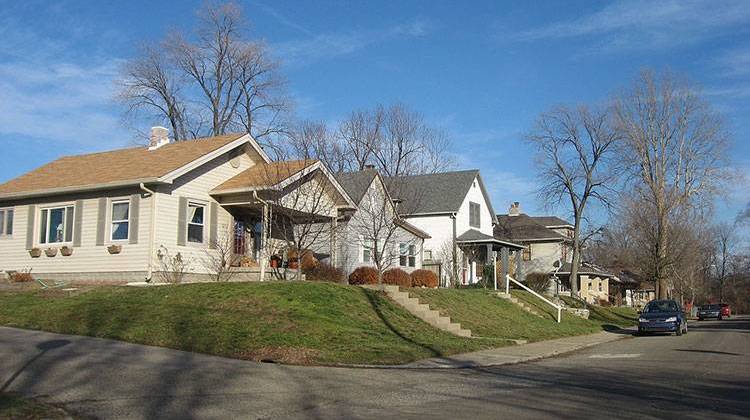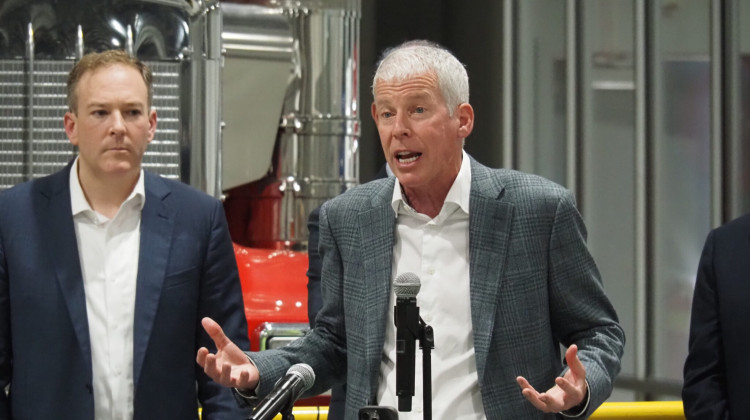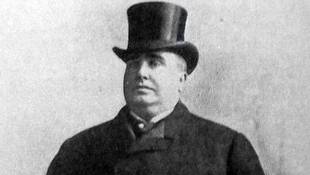INDIANAPOLIS – The owners of rental homes and apartments are among the property owners that are helped most by a tax cap system the state fully implemented in 2010.
In all, the tax caps reduced bills – and therefore reduced revenue to local units of government and schools – by $766 million in 2013.
The tax cap system also appears to have achieved its intended results, said Bill Sheldrake, president of Policy Analytics, which presented information Monday to the Commission on Business Personal Property and Business Taxation.
“There’s been significant property tax relief where there is high property tax rates,” Sheldrake said. “And it did provide stability and predictability to taxpayers.”
The General Assembly approved the tax cap system in 2008 and it went into full effect in 2010, when voters approved a referendum to enshrine it in the Indiana Constitution. The caps limit homeowners’ property tax bills to no more than 1 percent of assessed value, unless voters approve an exception.
That means a homeowner with a house assessed at $100,000 pays a bill no higher than $1,000, regardless of the tax rates.
Rental property, second homes and agricultural land is capped at 2 percent of assessed value, while commercial and industrial property is limited to 3 percent.
Statewide last year, nearly half of the savings from tax caps went to landowners subject to the 2 percent cap. In 2007, that category of landowners – which includes the agricultural and rental properties – paid $941 million in property taxes. By 2010, as the tax caps were fully implemented, the amount dropped to $717 million, said Bob Sigalow, an analyst for the Legislative Services Agency.
And Sheldrake acknowledged that rental property – rather than farmers – probably benefited the most.
Another quarter of the total tax cap savings statewide went to owner-occupied homes and just more than a quarter to commercial and industry property, he said.
But the savings can vary significantly depending on a county’s individual demographics, Sheldrake said.
In Boone County, for example, a suburban area with more residential property than industry, homeowners are enjoying about 88 percent of all savings, with the owners of rental property and agricultural land getting the rest.
In Grant County, about 78 percent of savings from the caps went to commercial and industrial property owners with just 1 percent to homeowners.
In addition, not all areas of the state are impacted by the caps. In some rural and suburban areas, tax bills aren’t high enough to hit the caps.
“Circuit breaker losses are concentrated in municipalities,” Sheldrake said.
 DONATE
DONATE






 View More Articles
View More Articles


 Support WFYI. We can't do it without you.
Support WFYI. We can't do it without you.